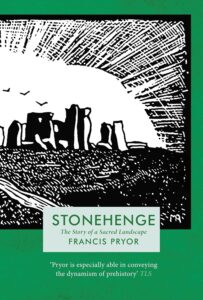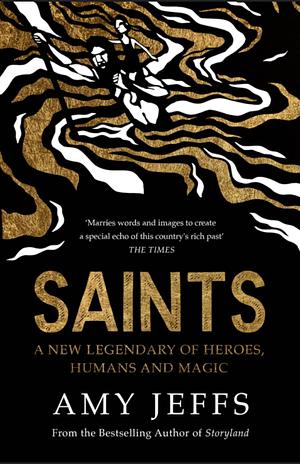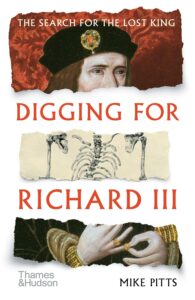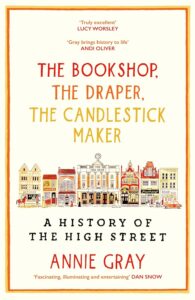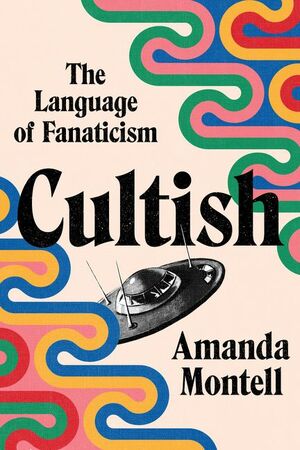
Cultish: The Language of Fanaticism
by Amanda Montell
Genres: History, Non-fictionPages: 309
Rating:

Synopsis:The author of the widely praised Wordslut analyzes the social science of cult influence: how cultish groups from Jonestown and Scientology to SoulCycle and social media gurus use language as the ultimate form of power.
What makes “cults” so intriguing and frightening? What makes them powerful? The reason why so many of us binge Manson documentaries by the dozen and fall down rabbit holes researching suburban moms gone QAnon is because we’re looking for a satisfying explanation for what causes people to join—and more importantly, stay in—extreme groups. We secretly want to know: could it happen to me? Amanda Montell’s argument is that, on some level, it already has . . .
Our culture tends to provide pretty flimsy answers to questions of cult influence, mostly having to do with vague talk of “brainwashing.” But the true answer has nothing to do with freaky mind-control wizardry or Kool-Aid. In Cultish, Montell argues that the key to manufacturing intense ideology, community, and us/them attitudes all comes down to language. In both positive ways and shadowy ones, cultish language is something we hear—and are influenced by—every single day.
Through juicy storytelling and cutting original research, Montell exposes the verbal elements that make a wide spectrum of communities “cultish,” revealing how they affect followers of groups as notorious as Heaven’s Gate, but also how they pervade our modern start-ups, Peloton leaderboards, and Instagram feeds. Incisive and darkly funny, this enrapturing take on the curious social science of power and belief will make you hear the fanatical language of “cultish” everywhere.
I read Amanda Montell’s Cultish: The Language of Fanaticism more or less on a whim, and found myself reading it really pretty fast. It helps that she picked some high profile cults to discuss: like it or not, there’s a certain fascination surrounding events like the suicides of Jonestown and Heaven’s Gate. Most people have also come across the lesser examples she discusses, like fitness groups that seem to have their own language.
All in all, it’s a bit of a history of prominent cults and an examination of similar principles in other arenas — analysing what makes leaders of cults compelling, and how the same tactics work in more prosaic contexts. In and amongst all this, Montell discusses her own brushes with cults: the one her father’s family were involved in, and her own experience of an attempted recruitment to Scientology.
I think a lot of this could have been said in a significantly shorter book, but she did identify some interesting commonalities and ways of speaking, theories about “cultish” speech that do seem to hang together.
Rating: 3/5

